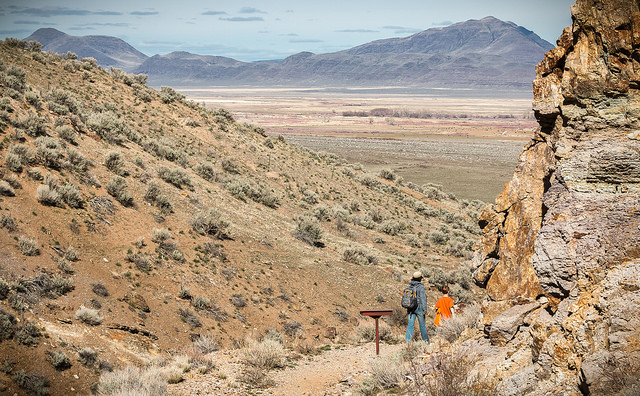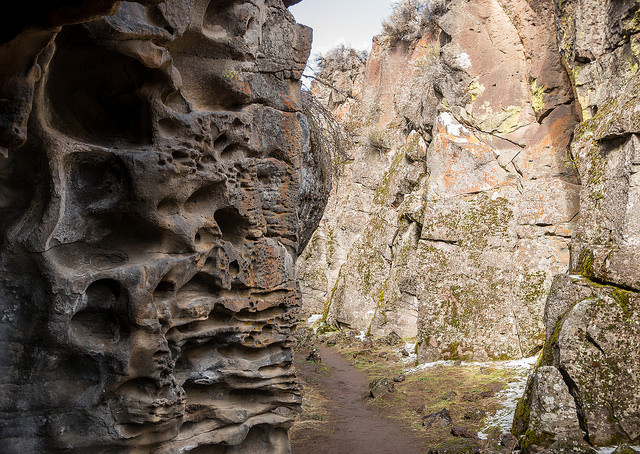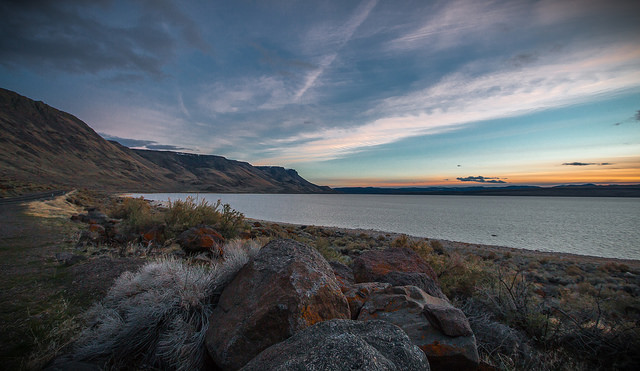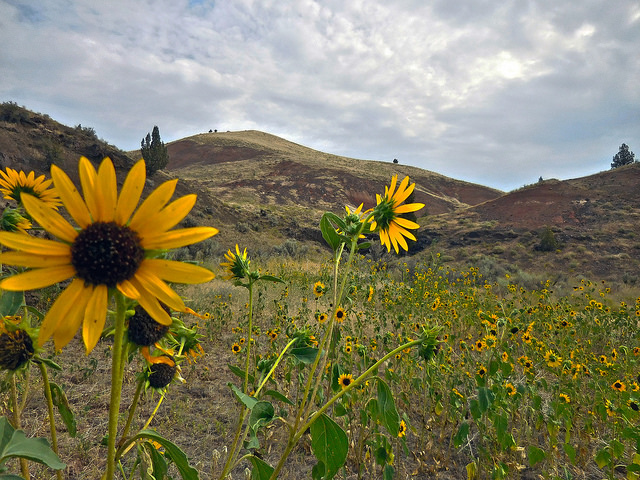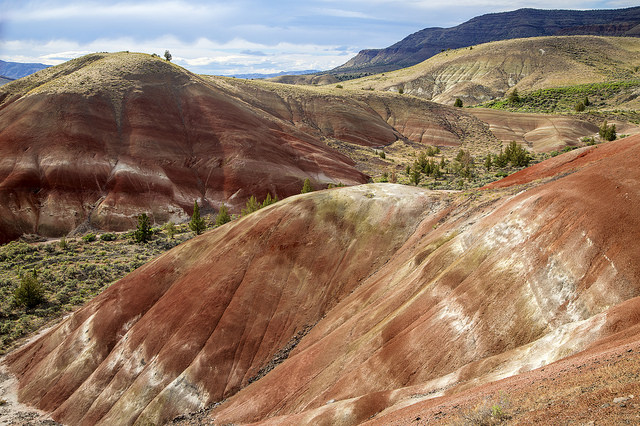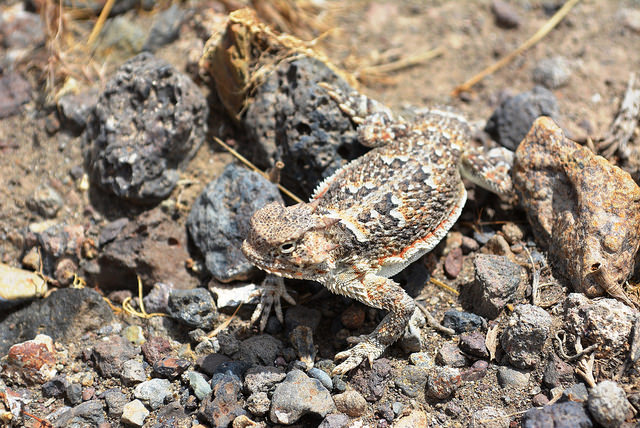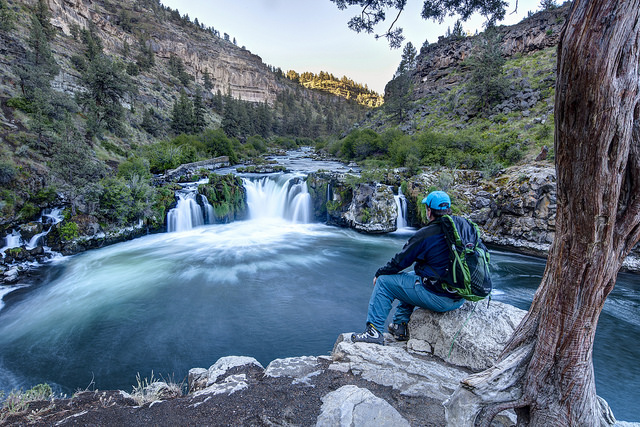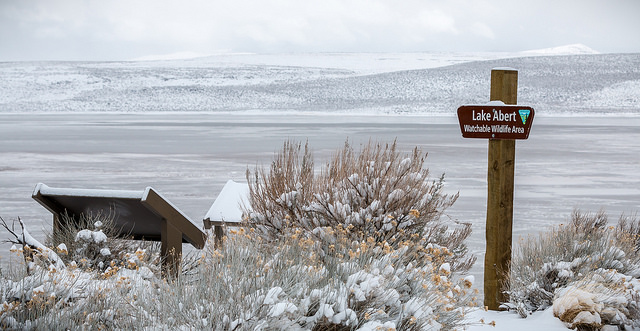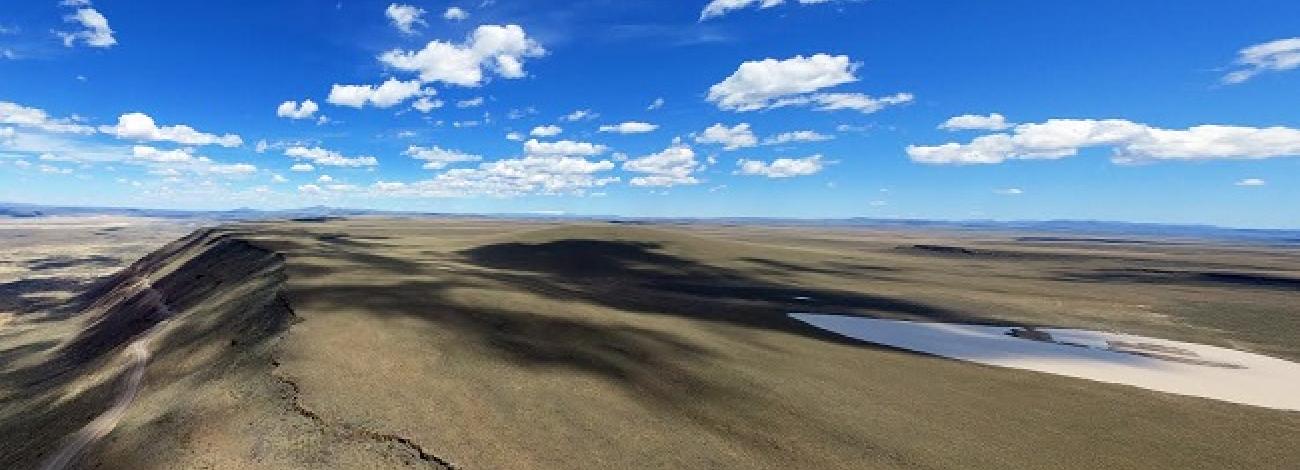
Saddle Butte Wilderness Study Area
The Saddle Butte Wilderness Study Area (WSA) (OR-3-111) is located in Malheur County, Oregon, approximately 10 miles north of the junction of U.S. Highway 95 and Oregon State Highway 78.
The WSA contains 81,380 acres of BLM land and eight parcels of split estate lands totaling 4,920 acres. It is bounded on the northeast, south and east by county gravel roads. The northwest boundary of the WSA is formed by state of Oregon land.
The notable wilderness feature in the WSA is the extensive system of lava tubes which winds through the Saddle Butte lava field. This lava tube system has been designated as the Saddle Butte Lava Tubes Area of Critical Environmental Concern (ACEC).
The WSA is roughly triangular in shape and contains three distinct landforms. The northern half of the WSA is a relatively high, flat plateau that slopes gradually toward Bull Creek to the east and Creek to the south. The south-central portion is a lava flow which forms a wide band of rough-surfaced ridges, hillocks, depressions and lava tubes. The southeastern tip of the WSA is a relatively flat lowland, except for a few erosional channels along the eastern boundary. Much of the WSA drains east directly into the Owyhee River. The generally flat topography traps runoff in small, shallow lake beds which usually are dry by early summer. Tub Spring is the only perennial water source in the area.
Big wheatgrass is the major plant community in the WSA. Along the eastern boundary, the plant community has been influenced by fire and consists primarily of grasses and other herbaceous plants. Some concentrations of shadscale and Indian ryegrass occur along the southeastern boundary. Herbaceous vegetation also grows in the lava flow where soil pockets occur.
The WSA was studied under Section 603, with additional acquired split estate lands studied under Section 202 of the Federal Land Policy and Management Act (FLPMA), and was included in the Final Oregon Wilderness Environmental Impact Statement (EIS) filed in February 1990.

